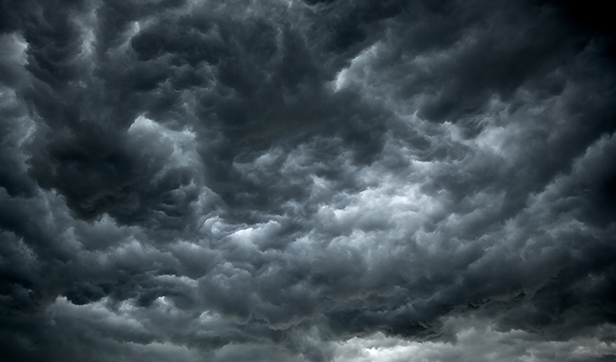
Alberta and BC account for more than half of Canada’s insured losses due to extreme weather
In recent decades, no provinces in Canada have been more severely affected by natural disasters than Alberta and British Columbia (BC). As Emergency Preparedness Week begins and the severe weather season draws near, Insurance Bureau of Canada (IBC) is urging residents, businesses, and communities to take stock of their readiness and strengthen their resilience against the growing risks.
“Western Canada has been at the epicentre of natural catastrophes in our country, and with another severe weather season fast approaching, now is the time to prepare,” said Aaron Sutherland, Vice-President, Western and Pacific, IBC. “Emergency Preparedness Week is about being aware of severe weather risks and taking practical steps today to protect what matters most – our families, our homes and our communities.”
According to data from Catastrophe Indices and Quantification Inc. (CatIQ), over the past decade, Alberta and BC accounted for more than half (51.3%) of Canada’s insured catastrophic losses. Alberta alone was home to five of the 10 costliest disasters in Canadian history, including the top two: the devastating 2016 Fort McMurray wildfires ($4.6 billion in insured damage) and the 2024 Calgary hailstorm ($3.1 billion in insured damage).
Powerful and repeated atmospheric rivers have triggered devastating floods in BC in recent years, including the 2021 disaster that inundated Abbotsford, severed transportation routes and displaced thousands of residents. Wildfire risk remains very high in both Alberta and BC due to their dense forests, prolonged dry seasons and rising temperatures, which together create conditions for larger, faster-moving fires.
The broader trend is clear and frightening – severe weather events are becoming more frequent, more destructive and more costly. Nationally, insured payouts for weather-related disasters reached $1 billion in 2019 and 2020, doubled to $2 billion in 2021, rose to $3 billion in 2022 and 2023, and then surged to $8.9 billion in 2024. (Source: CatIQ)
Provinces investing in resilience
Fortunately, the Alberta and BC governments are taking important steps to strengthen resilience by announcing investments that should more than pay for themselves over the long run.
In Alberta, recent resilience plans include expanding flood mapping programs to help communities better identify and manage flood risks. The province has also announced significant investments to improve wildfire resilience and emergency response.
In BC, recent investments include $234 million over two years for flood mitigation infrastructure projects and enhanced water management. The BC government has also allotted an additional $175 million to improve wildfire response and recovery, as well as and infrastructure resources.
“These are critical steps in the right direction in support of the old adage that ‘an ounce of prevention is worth a pound of cure,’” added Sutherland. “And with severe weather risks rising, ongoing investment and planning are essential to protect people, property and the infrastructure we depend on. We encourage governments to continue pushing forward. Building resilience must remain a top priority.”
Homeowners and businesses also have an important role to play. Here are some of the key steps to take to prepare for severe weather.
To protect against wildfires:
Clear debris, dead vegetation and flammable materials from around your home or business.
Install fire-resistant roofing and siding where possible.
Maintain a 1.5 metre non-combustible zone around structures.
To protect against floods:
Install sump pumps and backflow valves where appropriate.
Keep gutters, downspouts and drainage systems clear and well-maintained.
Move valuables and important equipment above ground level when possible.
To protect against hail:
Park vehicles in a garage or under a sturdy shelter during severe weather warnings.
Inspect and reinforce roofing and exterior structures as needed.
Along with taking these steps, it’s important to review your insurance coverage. Make sure your policy reflects current risks, and that you understand what protection you have in place.
“Preparation isn’t just a checklist – it’s peace of mind,” added Sutherland. “By taking action today, we can help safeguard lives, homes, businesses and communities when the next disaster strikes.”
For more practical tips and resources, visit ibc.ca/emergency-preparedness.
